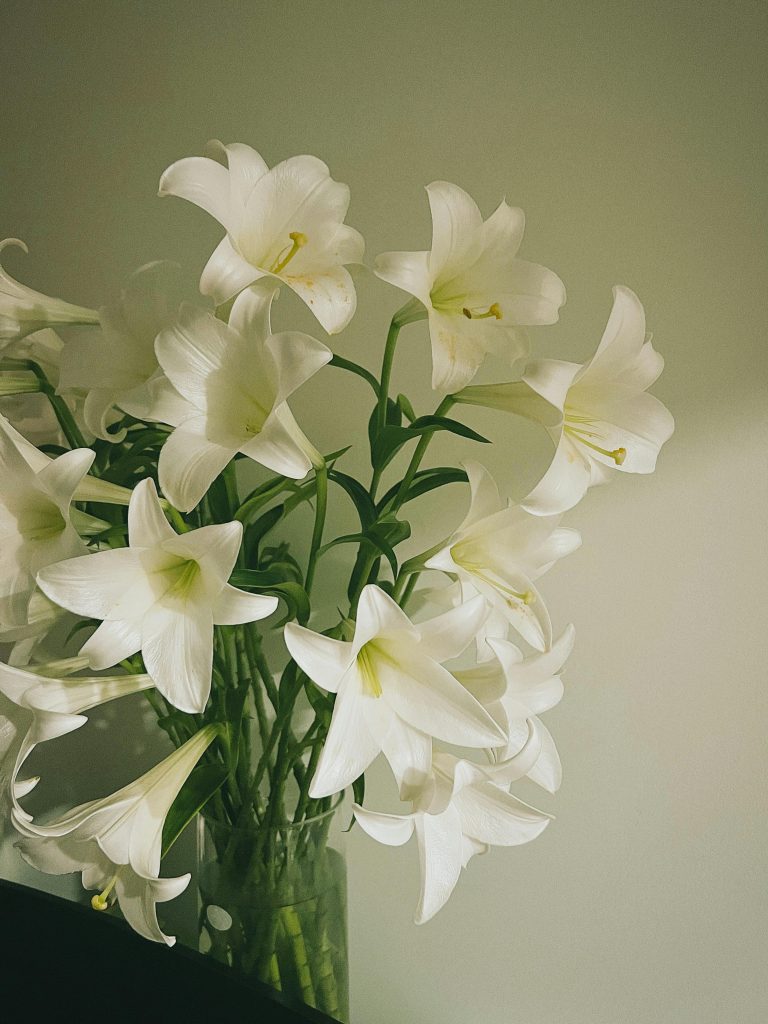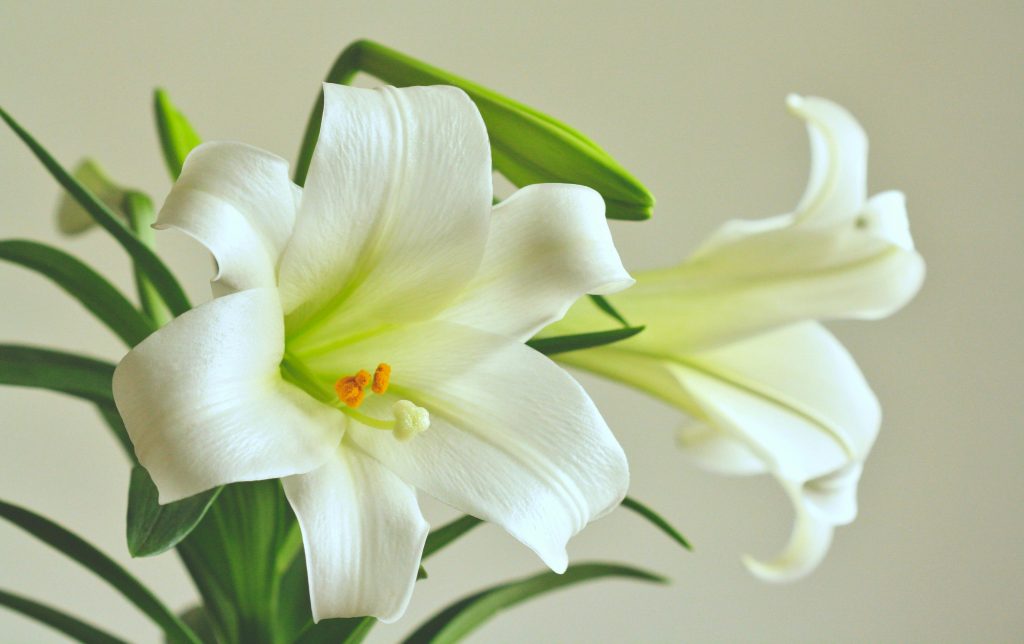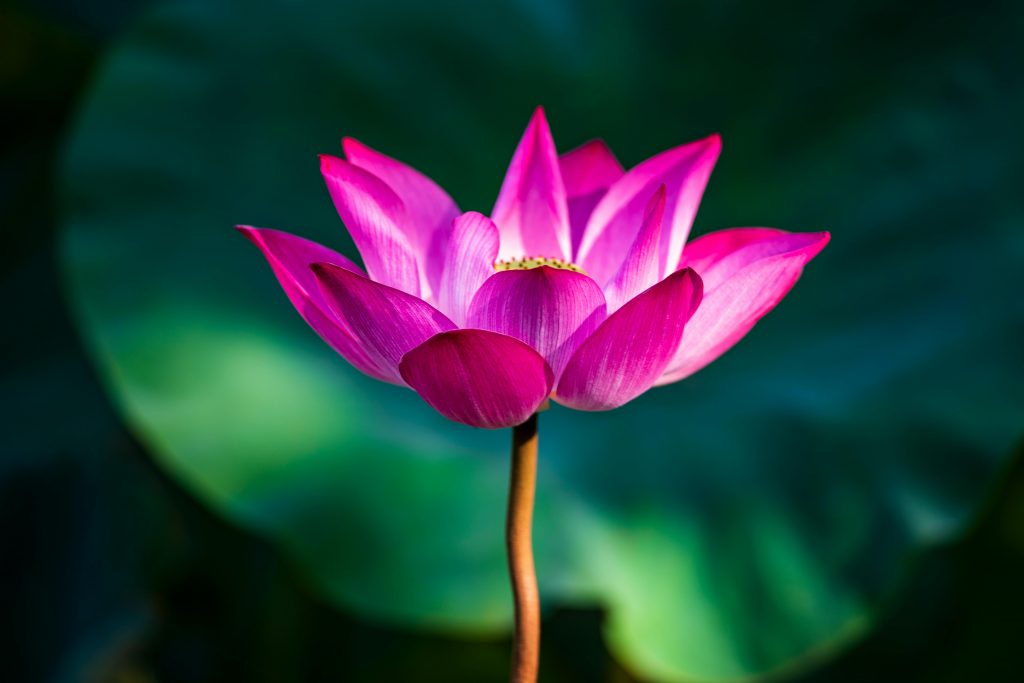Coming to our senses
Words by Mary Garvey

July, the month named in 44 BCE after Julius Caesar, is associated with being the hottest month in the Northern Hemisphere. In reality, we often experience fluctuating temperatures and weather conditions, which make us feel like we are melting one minute, then searching for extra layers of clothing and our raincoats the next! It can be a busy time with the culmination of the ending of the school year, with lots of extra events and social gatherings, holiday preparations, and juggling of work and childcare responsibilities. Time can feel like it’s been stretched and contorted out of all its usual dimensions, and we just keep running out of it. Then add in the flavour of the Christmas rush that we vow every year to avoid, we have the perfect recipe for losing our own inner connection in the rush of July.
Interestingly, one of July’s flowers is the water lily; not unlike the lotus, it rises up through the mud and murk towards the light: to emerge and flower. A reminder that from the murkiest waters, transformation and change can occur – that journey can bring us to a place of tranquillity and serenity. In our Yoga practice, we are frequently on that similar journey through the mire, trying to find the inner land and space of calm.
In my own practice, I have been exploring a means of making a journey through the senses – a coming back to my senses, if you like. So, I thought I’d share it as the theme for July. Starting our practice with getting some props ready, I’m suggesting a piece of chocolate, dried fruit or raisin for taste. For smell, a natural room fragrance, essential oil diffuser or sample of herbs / flowers from the garden. Fragrant hand cream or oil would encompass both the senses of smell and touch.

natural room fragrance, essential oil diffuser, a sample of herbs or flowers from the garden for smell, fragrant hand cream or oil for both smell and touch.
1] TASTE Finding a comfortable position, using your food item, placing this in your mouth without chewing, really taking the time to notice the textures as it is and how it changes just sitting there, very gently moving and chewing it as necessary with the most minimal effort.
2] SIGHT Really paying attention to what you can see through open eyes: colours, shapes, textures and anything else you can observe and take in through your eyes. Then, closing your eyes and being aware of any negative photographic imprint of what you have just seen. Subsequently, allowing this inner sight to take you to your sense of touch.
3] TOUCH Beginning to notice your touch points with floor and really focusing on body connections outside of the body, tuning into gravity, the weight of your body resting on the earth. Noticing how its feels at the lower points in relation to the front / top of the body. Noticing sensations of clothes covering the skin and sensations at the uncovered areas open to the air. Softness, warmth, coolness, textures of clothes or pockets of air. Being aware of your body’s position, the space it occupies and checking for balance between left and right side.
4] SMELL Reconnecting to the aroma of the oil or cream you used earlier, noticing any other smells, deodorant, perfume, cooking or even a memory of something from another time / childhood that has a positive association.
5] HEARING Being aware of your sense of hearing. Letting it move outside of the room to any sounds and resting on, or identifying, those sounds, if possible, then moving on to inside of the room, and awareness of sounds here, clocks, machinery etc. Then moving onto inside your body, watches ticking, the heartbeat other body sounds; if anything is to be noticed, simply noticing.

Taking the attention to your breath, being aware of movement at the nostrils and anywhere else movement may be occurring. Noticing the ebb and flow, change in any part of the breath, still points if they occur. Perhaps experiencing the breath as an inner touch point, moving body from the inside out as you inhale, and drawing from the outside back in on the exhale.
If you are intending any physical Asana practice in your session, bringing this in at this point. Keeping connected to the theme, slowing it down to really notice touch points, visually check hand and other body placement if you can see them. Really be present in the body, pause to observe the breath and where you can feel the inner touch points. Hear your body, and any sounds you can hear. If you usually play music in your practice, does it enhance or smother you connection?
I would suggest a mindful Sun Salutation or Balasana, Tabletop/Cat, Downward Dog flow of movement with pauses for transitions.

If you are not intending to do a physical practice or returning to reconnecting to all the senses at end of your session and, continuing with the breath focus, noticing the sound of your breath and tuning into the sound So on your INHALE and HAM/HUM on your Exhale. Following the sounds as the breath itself. SO HUM: I am that/that I am. Pausing all activity to just be as you are, having taken that journey like the lily flower to a place of light, peace, serenity and connection.
